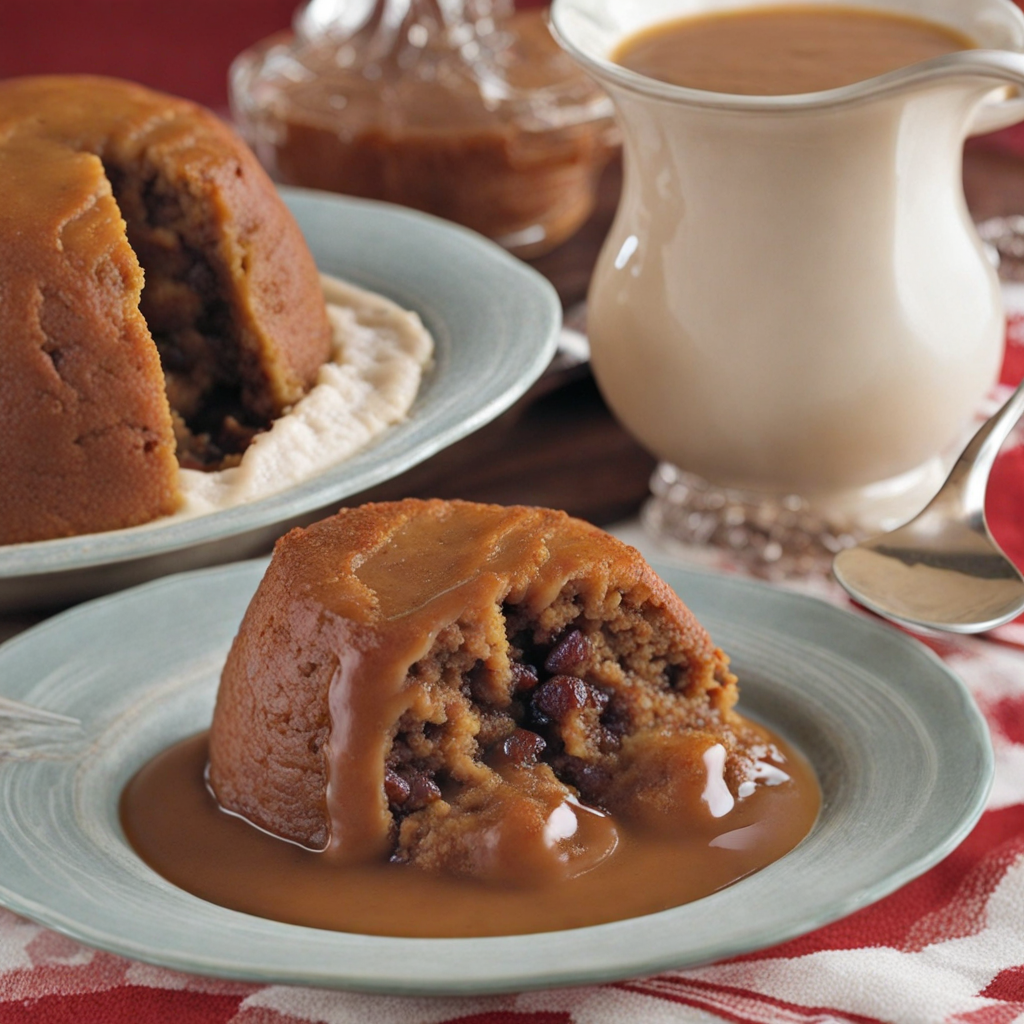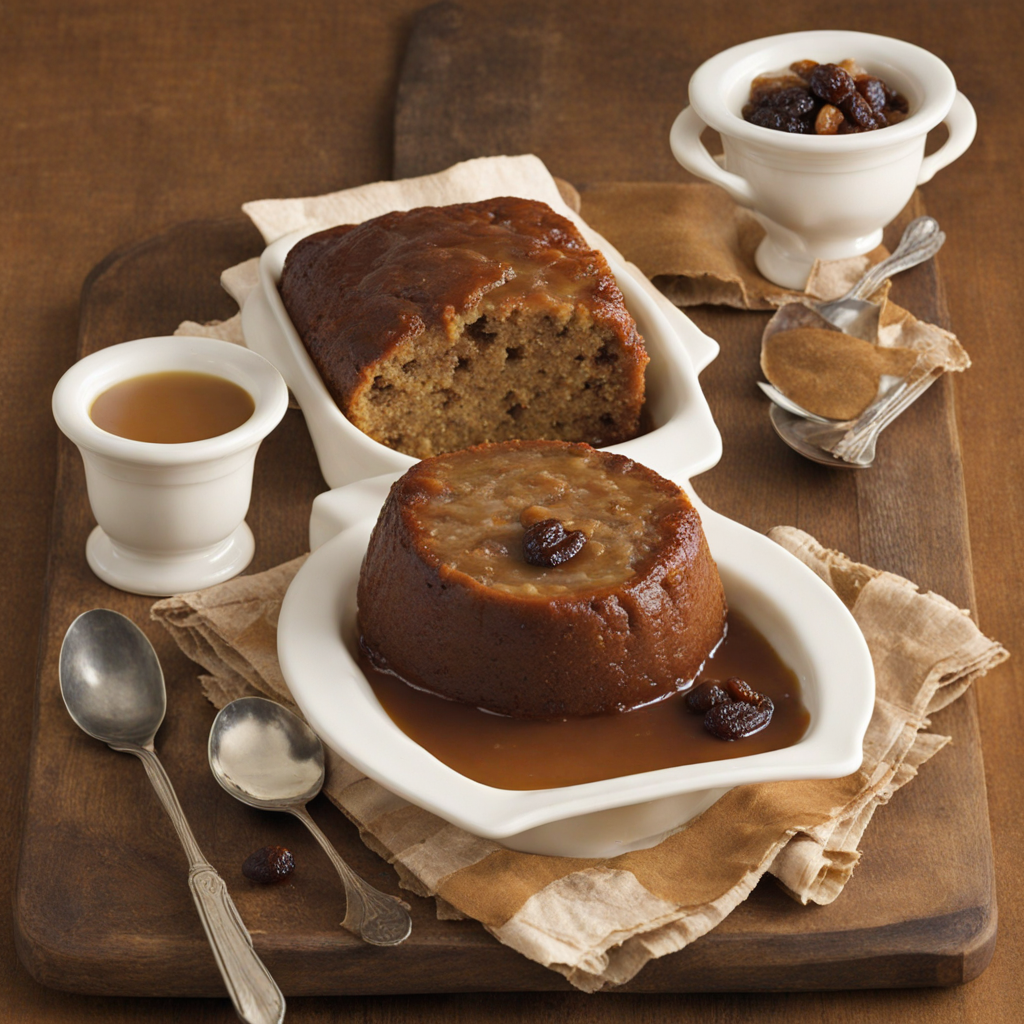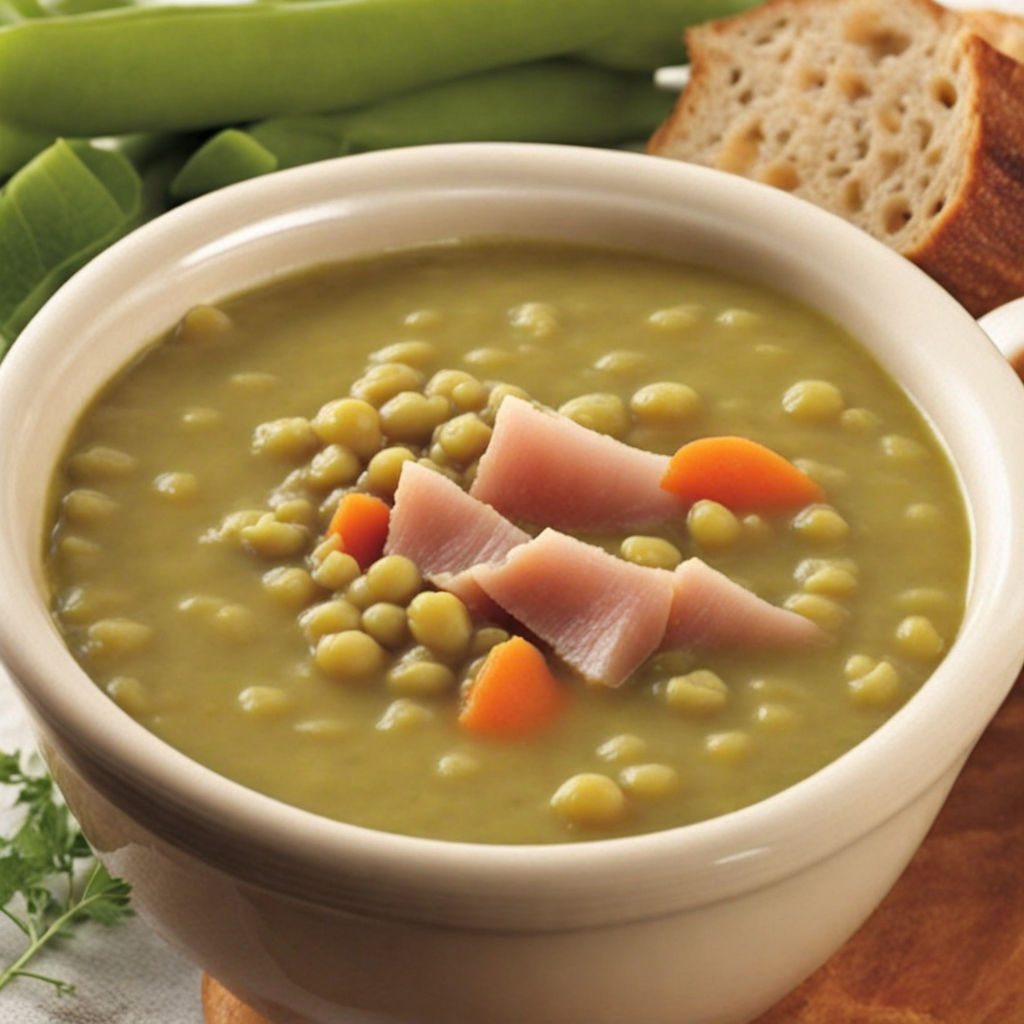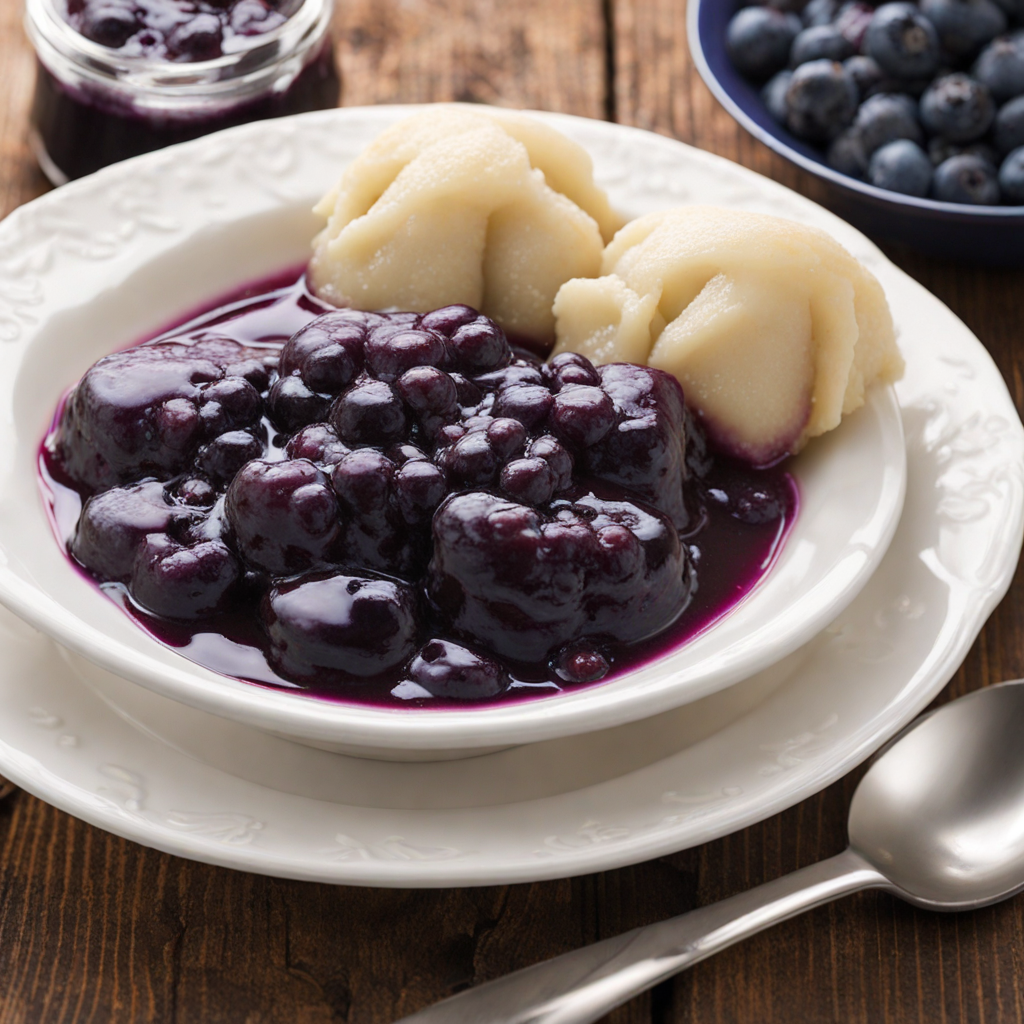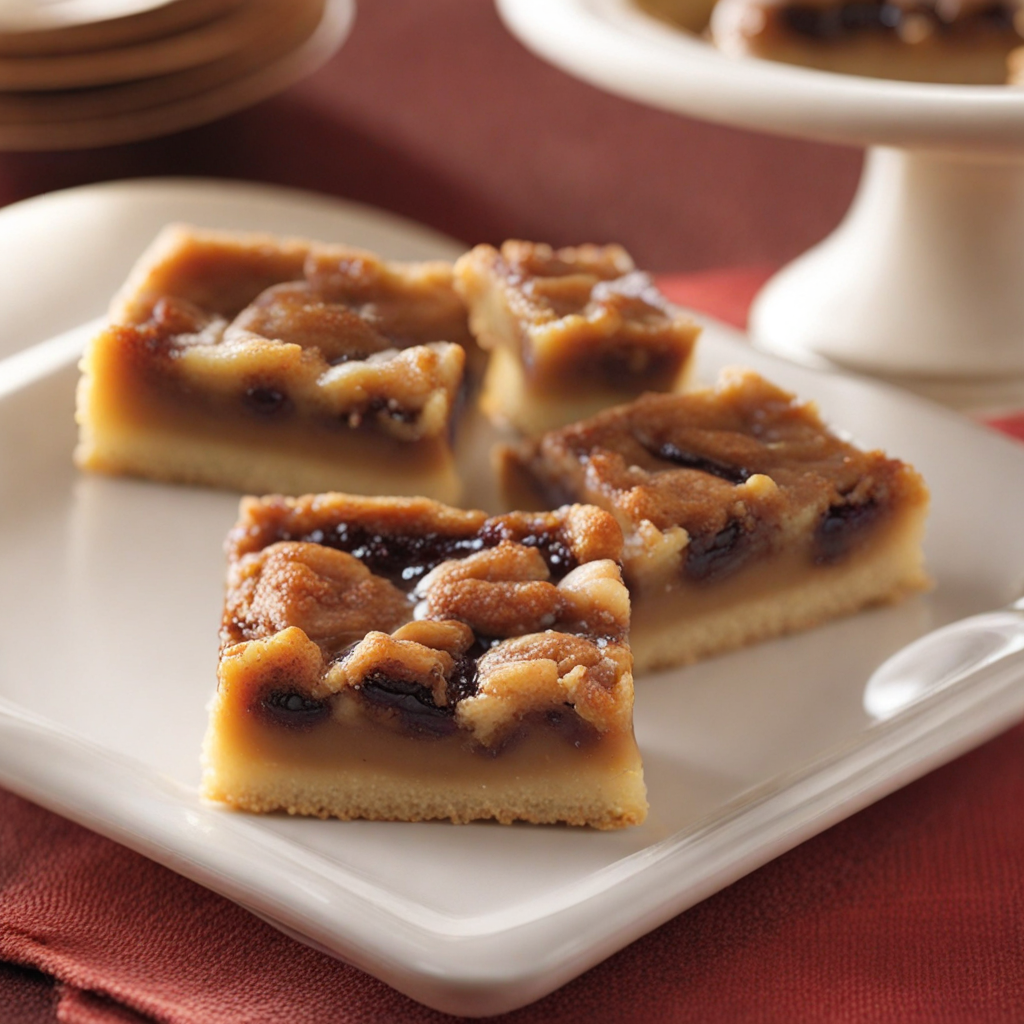Figgy Duff
Figgy Duff is a traditional Newfoundland dessert that captures the essence of rustic Canadian cooking. This steamed pudding is made primarily from a mixture of flour, sugar, and breadcrumbs, providing a hearty base. What sets Figgy Duff apart is its inclusion of figs, which lend a natural sweetness and chewy texture to the dish. The figs are typically mixed with spices like cinnamon and nutmeg, enhancing the pudding's warm, comforting flavors. This delightful combination results in a dessert that is both satisfying and rich in history, often enjoyed during celebrations and special occasions in Newfoundland. The preparation of Figgy Duff is as unique as its taste. Traditionally, the pudding is wrapped in a cloth and steamed, allowing it to cook slowly while absorbing the flavors of the ingredients. This method creates a dense, moist texture that is distinct from many other desserts. Upon cooking, the pudding is often served with a drizzle of warm sauce, such as a simple butter or rum sauce, which adds an extra layer of indulgence. The visual appeal of Figgy Duff, with its deep brown color speckled with bits of fig, makes it an inviting centerpiece on any dessert table. When you take a bite of Figgy Duff, the first thing you notice is the wonderful contrast between the sweetness of the figs and the subtle spiciness of the pudding. The warm, comforting flavors evoke a sense of nostalgia, reminiscent of family gatherings and shared stories. Each mouthful is a journey through Newfoundland's culinary heritage, making it a perfect choice for those looking to explore traditional Canadian flavors. Whether enjoyed warm from the steamer or at room temperature, Figgy Duff promises a unique taste experience that celebrates the simplicity and richness of its ingredients.
How It Became This Dish
Figgy Duff: A Culinary Journey through Canadian Tradition #### Origins Figgy Duff, a unique and emblematic dish from Newfoundland and Labrador, Canada, is a traditional steamed pudding that has roots steeped in the region's rich cultural heritage. The name itself hints at its primary ingredients: "figgy" refers to the use of figs or, more commonly, raisins, which were historically used in place of fresh fruit; "duff" is a term derived from the English word "dough," signifying a simple, hearty pudding. The origins of Figgy Duff can be traced back to the early 18th century, when British settlers and Irish immigrants began to populate Newfoundland. These groups brought with them various culinary traditions, including pudding recipes that made use of local ingredients and adapted to the harsh climate. The use of dried fruits, such as figs and raisins, was an economical choice, as these ingredients could be stored for long periods, making them ideal for the long winters of the region. #### Cultural Significance Figgy Duff is more than just a dish; it embodies the spirit of Newfoundland’s communal and familial traditions. Historically, it was a humble food prepared for special occasions, celebrations, or gatherings. The pudding is typically made with a simple mixture of flour, sugar, baking powder, and dried fruits, and it is often flavored with warm spices such as cinnamon and nutmeg. The ingredients reflect the resourcefulness of Newfoundland families, who would make do with what they had on hand. The dish is traditionally served during festive occasions, particularly at Christmas and Thanksgiving. It is often accompanied by a rich sauce, typically made from molasses or butter, which adds to its comforting appeal. The preparation of Figgy Duff is often a communal affair, with families coming together to mix the ingredients, steam the pudding, and share in the anticipation of its arrival at the dinner table. In Newfoundland and Labrador, food has always played a pivotal role in social gatherings, and Figgy Duff is a testament to the connection between food and culture. The pudding signifies warmth and hospitality, embodying the spirit of togetherness that is a hallmark of the region. #### Development Over Time As Newfoundland and Labrador's society evolved, so too did Figgy Duff. In the early 20th century, the pudding became a staple in many households, often featured in community cookbooks and local culinary competitions. The dish gained a sense of nostalgia, reminding people of the past and of their cultural roots. During the Great Depression and World War II, Figgy Duff served a practical purpose by providing a filling meal using inexpensive ingredients. Home cooks adapted the recipe to include whatever they had on hand, allowing for variations that could incorporate local flavors or even leftovers. This adaptability ensured that Figgy Duff remained relevant in the face of changing economic conditions. In recent decades, as Newfoundland has experienced a resurgence in interest in its culinary heritage, Figgy Duff has found itself at the forefront of this revival. Chefs and home cooks alike have begun to reimagine the dish, experimenting with different fruits, spices, and presentation styles. Contemporary interpretations of Figgy Duff may include the use of local berries, such as blueberries or partridgeberries, and may even be served in modern, elegant plating. The resurgence of traditional foods like Figgy Duff is part of a broader movement to celebrate regional cuisine, with many Newfoundlanders taking pride in their culinary identity. This has led to the establishment of food festivals, workshops, and cookbooks dedicated to preserving and promoting local dishes. Figgy Duff, in particular, has become a symbol of cultural pride, embodying the resilience and creativity of Newfoundland's people. #### Regional Variations and Modern Adaptations While Figgy Duff is intrinsically linked to Newfoundland, it is important to note that variations of the pudding can be found throughout the Atlantic provinces and beyond. Different regions may use alternative dried fruits, nuts, or spices, reflecting local tastes and available ingredients. Some may even serve it with a twist, such as pairing it with ice cream for a modern dessert experience. In addition to its traditional form, Figgy Duff has also inspired innovative culinary interpretations. Contemporary chefs have begun to incorporate elements of fine dining, using techniques such as sous-vide cooking or molecular gastronomy to create modern takes on the dish. These innovations respect the roots of Figgy Duff while also pushing the boundaries of traditional cooking. The appeal of Figgy Duff extends beyond its flavor and texture; it also serves as a conduit for storytelling. Many families have their own unique recipes and cherished memories associated with the pudding, which they pass down through generations. For many Newfoundlanders, preparing Figgy Duff is a way to honor their heritage, keeping the stories and traditions of their ancestors alive. #### Conclusion In conclusion, Figgy Duff is not merely a pudding; it is a reflection of the history, culture, and identity of Newfoundland and Labrador. Its origins in British and Irish culinary traditions have evolved into a beloved staple that captures the essence of community and togetherness. As it continues to adapt and thrive in modern kitchens, Figgy Duff remains a powerful emblem of Newfoundland's rich culinary heritage, uniting past and present in a delicious celebration of culture. As the world increasingly turns to explore local cuisines and traditional foods, Figgy Duff stands as a delicious reminder of the importance of culinary heritage, the power of food to bring people together, and the enduring legacy of the communities that have cherished this dish for centuries. It is a testament to the resilience and creativity of the people of Newfoundland and Labrador, ensuring that this beloved pudding will continue to be enjoyed for generations to come.
You may like
Discover local flavors from Canada


